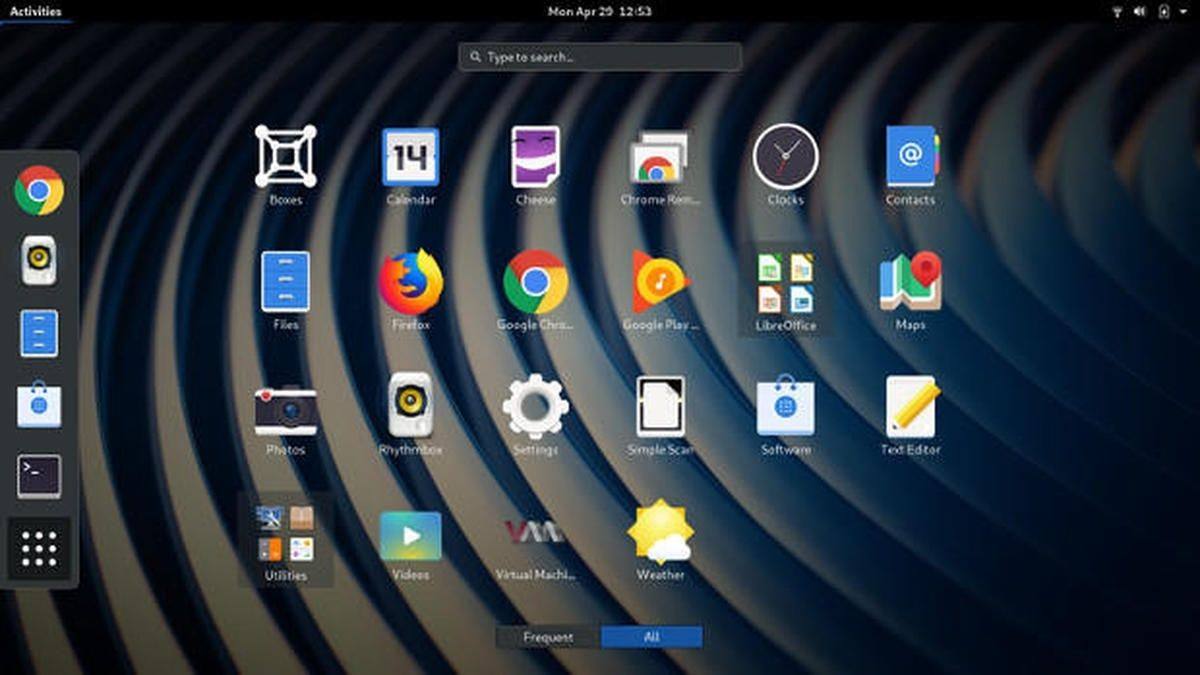Red Hat’s new Fedora Linux 34 rolled out

Fedora Linux has consistently been Red Hat’s driving edge dispersion. While CentOS Stream is presently a “moving sneak peak” of what’s next for Red Hat Enterprise Linux (RHEL), Fedora stays the genuine first-see what’s coming in RHEL’s future and a helpful distro by its own doing. Presently the Fedora Project has delivered the working framework’s most recent beta variant: Fedora Linux 34.
As Matthew Miller, Red Hat’s Fedora Project Leader has clarified, “Fedora coordinates a large number of ‘upstream’ open-source projects into a bound together appropriation on a six-month discharge rhythm, and sometimes Red Hat takes that assortment, forks it off, and delivers RHEL.” That stays as before.
Anyway, what does the new Fedora bring us? Other than the work area, which is frequently the first and now and then the lone thing clients consider, Fedora additionally accompanies various releases, each intended to address explicit use cases for present-day designers and IT groups. This incorporates Fedora CoreOS. This adaptation tends to the necessities of cloud-local, containerized engineers.
Concerning the work area, this new form utilizes the new GNOME 40 work area. Its improvements incorporate a superior work area course of action for search, windows, workspaces, and applications. It likewise incorporates multi-screen enhancements. It additionally empowers clients to pick between workspaces on just their essential showcases or workspaces on all presentations.
The main change, nonetheless, for long-lasting GNOME clients, might be that GNOME Extensions are getting a long-late update. With GNOME Extensions Rebooted we should quit seeing updates breaking expansions and reliance issues. This is as yet a work in progress, so don’t expect genuine fixes, yet it’s a beginning.
Another grumpy Linux “highlight” PulseAudio, the default Linux/Unix sound framework, is being supplanted by PipeWire. PulseAudio has gained notoriety for its numerous issues. It’s not actually the program’s shortcoming. It’s been kept up by just three low-maintenance, volunteer engineers. The pipeline is safer than PulseAudio, can work with holders, and brings together the two work area sound frameworks JACK for low-dormancy proficient sound and PulseAudio for ordinary work area use-cases.
With karma, this will prompt PipeWire to turn into the one sound framework for both common work area and expert sound clients. This ought to, in the end, Linux’s long sound discontinuity issue
All Fedora clients will profit from the most recent Btrfs “Spreads” document framework interpretation information pressure. Btrfs turned into Fedora’s default document framework in Fedora Linux 33. Presently, it will accompany straightforward information pressure. This fundamentally builds the life expectancy of Solid-State Drives (SSD) decreasing composes. This ought to likewise build the peruse and compose execution of bigger records. You will, obviously, likewise acquire powerful extra space.
Need to check it out? Fedora’s engineers will be glad to have you ready. You can download Fedora 34 today. Make certain to check the Fedora Linux 40 normal bugs page and figure out how to successfully report the bugs you find. This is, all things considered, a beta. An awesome beta, mind you, yet at the same time a beta.


